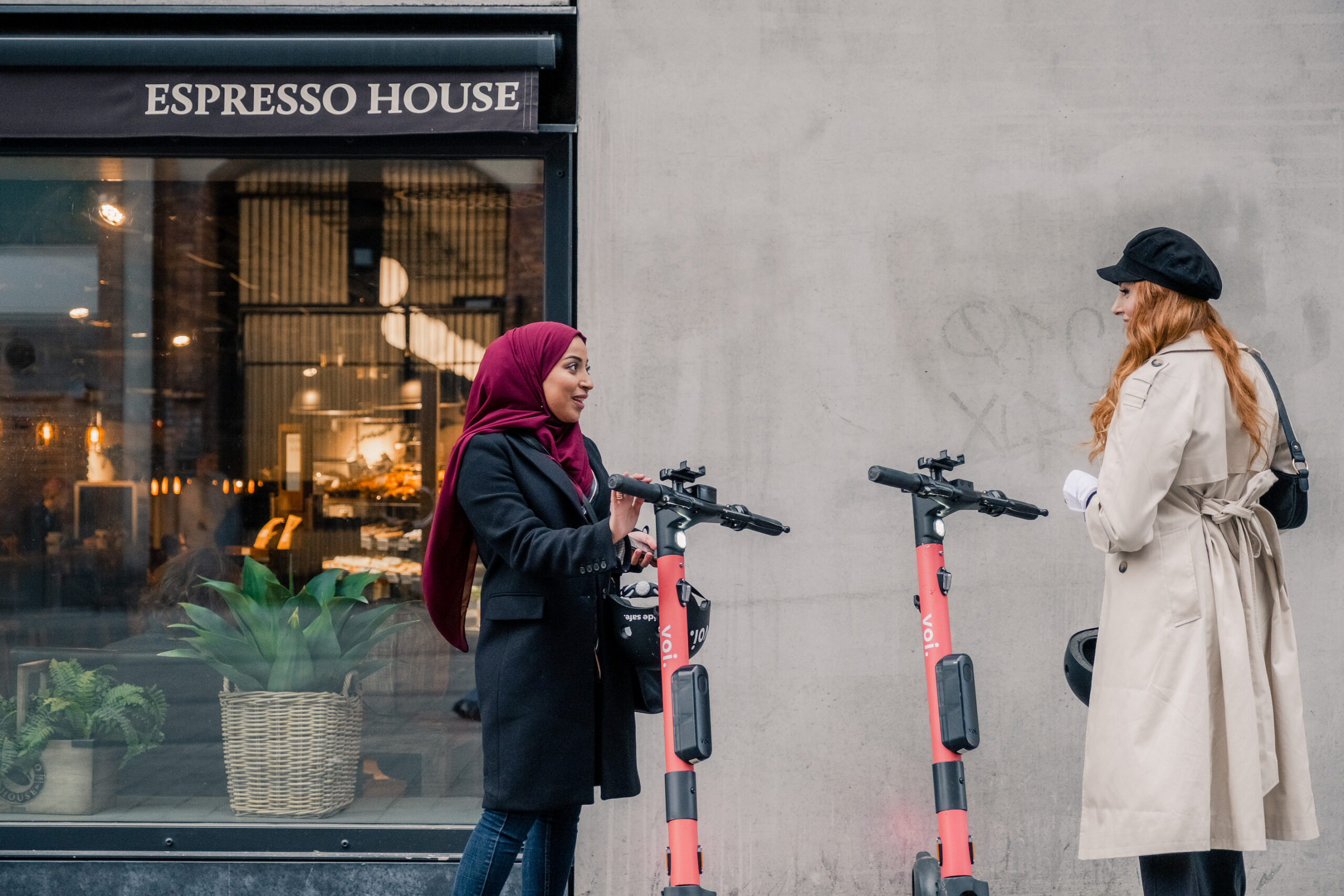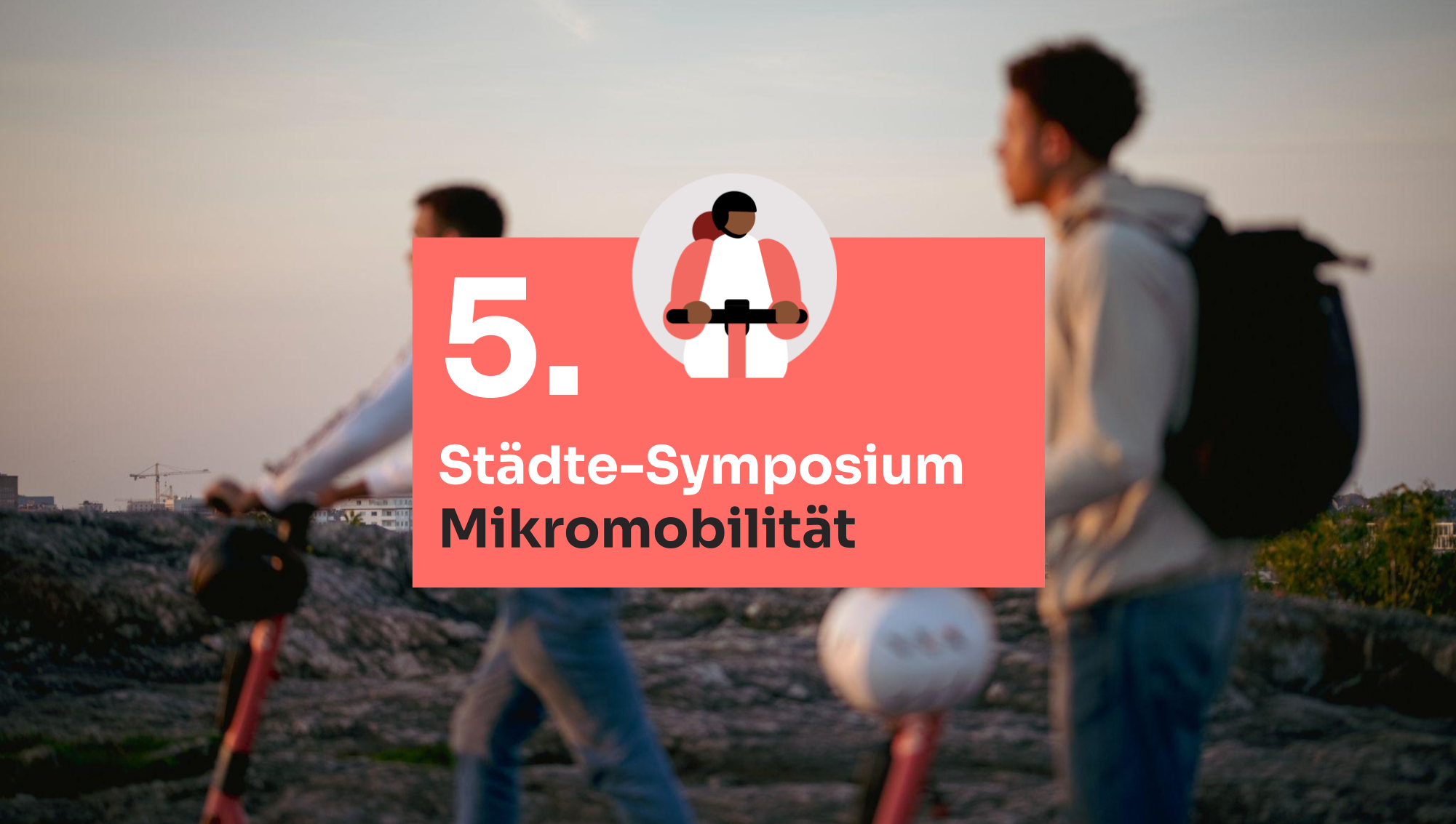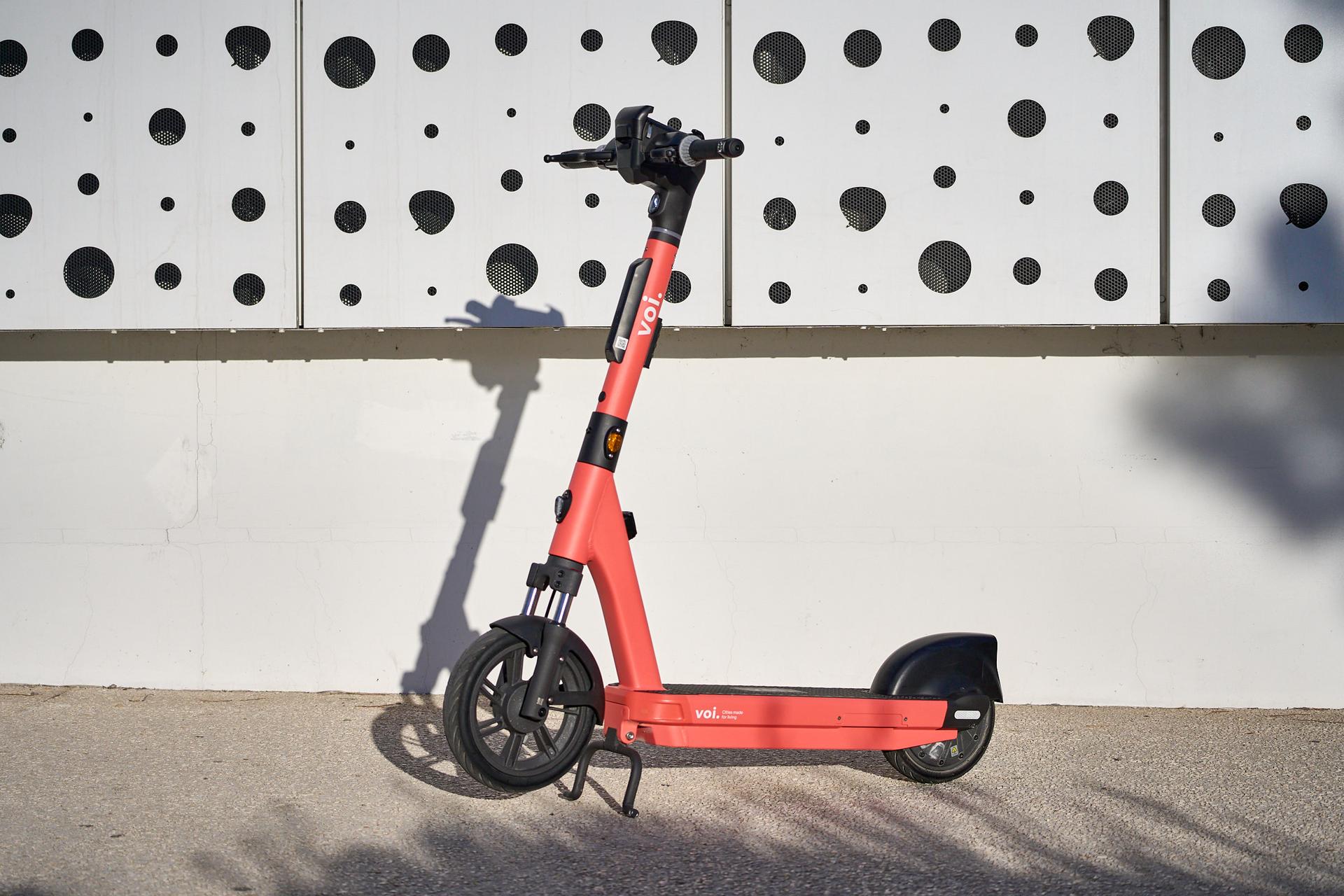How Voi contributes to the UN Sustainable Development Goals – SDG 5: Gender Equality
Jul 21, 2021

Voi operates at the intersection of the tech and transport industries; two industries with documented systemic gender biases. Voi is committed to equal opportunity for and inclusion of women, both amongst our riders and workforce. Working in this space means we have a tremendous responsibility, but also a huge opportunity to ensure our service and workplace advances gender equality, freedom of movement, and inclusion for people of all genders.
Gender Equality is an important pillar of the UN’s agenda for a sustainable world in 2030. Serving as Sustainable Development Goal number 5, the empowerment of all women and girls has been identified as a key factor in making progress on many of the other 16 goals. This is what we’re doing to help get the job done.
Gender equality amongst riders
What we have done so far:
Women riders: 10% increase in female ridership since 2019 and 40% of our users in the UK are women, whereas the industry average is around 25%.
Advocacy: Voi was the first micro-mobility operator to become a member of Women in Transport. In this capacity, we work to help bridge the gender gap in micro-mobility, by co-hosting focus groups with women in order to identify and address barriers for equal access to micro-mobility.
Data-sharing & transparency: Voi shares travel data with the Transport Gender Innovation Observatory to address barriers to women’s mobility through smart innovations. To promote transparency, it is shared as open data.
Our targets:
Equity: By co-designing our service with women and hosting community outreach, safety and training initiatives for female riders, we aim to increase female ridership to 50% by 2025. (SDG 5.b)
Equity toolkit research: Together with researchers at 6t, we are developing an equity toolkit for unbiased micromobility which aims to secure access to all, a tailored service and meaningful involvement of all user types, including women.
Gender equality in our workforce
What we have done so far:
We have launched various initiatives to increase female participation and leadership in our workforce.
Increased female employees: In some areas, we’re doing well. 50% of our country managers are women, and we continue to make advances in increasing the representation of women in leadership and management positions throughout the company.
Mentorship and unconscious bias training: We’ve developed a reverse mentorship program, where male executive level leaders are mentored and coached by a female employee and vice-versa.
Internships: Voi is working with Tekniksprånget (Technology Leap) to help female students gain practical experience within a technical field and inspire them to pursue a career within STEM (science, technology, engineering, mathematics).
Partnerships: We partner with gender-inclusive hiring partners such as Technigo, which provides coding bootcamps for women. By setting up a trainee program for recent graduates, Voi is increasing the rate of female developers we employ and working in the industry overall.
Paid Parental Leave: Voi offers a top-up benefit to the statutory parental leave to all employees in Sweden. The benefit entitles employees to a top-up of up to 75% of employee’s gross salary for six months.
50% of Voi’s General Managers are women! From left to right: Christina Moe Gjerde, Finland and Norway GM; Charlotte Serres, France and Spain GM; and Magdalena Krenek, Italy GM.
Our targets:
Equity: We will increase our female talent by 50% by 2025. (SDG 5.5.2)
Transparency and data sharing: Consistently track and publish pay-gap data by 2023 (SDG 5.c)
Improved parental leave: We aim to offer all employees across all markets more than the legally required paid parental leave by 2023 to mirror conditions our Swedish employees benefit from.
If you want to find out more about all our work with the UN Sustainable Development Goals, take a look back at our 2019 Sustainability Statement when we began aligning to the goals. We’ve come a long way but there’s so much more to do.
This blog post is part of a series on how we work with nine of the 17 sustainable development goals. You can find the other blog posts in the series here:
SDG 11: Sustainable Cities and Communities
SDG 9: Sustainable Industry, Innovation and Infrastructure
SDG 13: Climate Action
SDG 8: Decent Work and Economic Growth
SDG 10: Reduced Inequalities
SDG 3: Good Health and Wellbeing
SDG 12: Responsible Consumption and Production
SDG 17: Partnerships for the Goals


